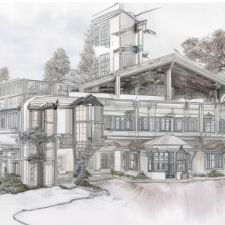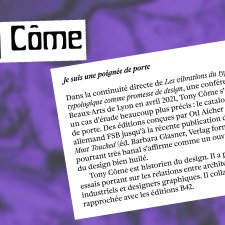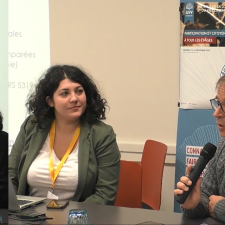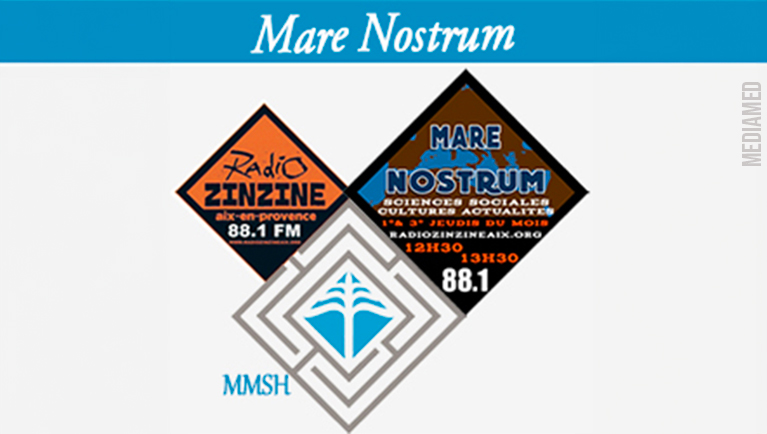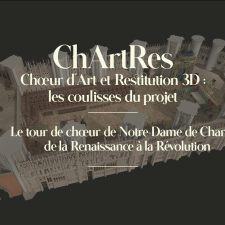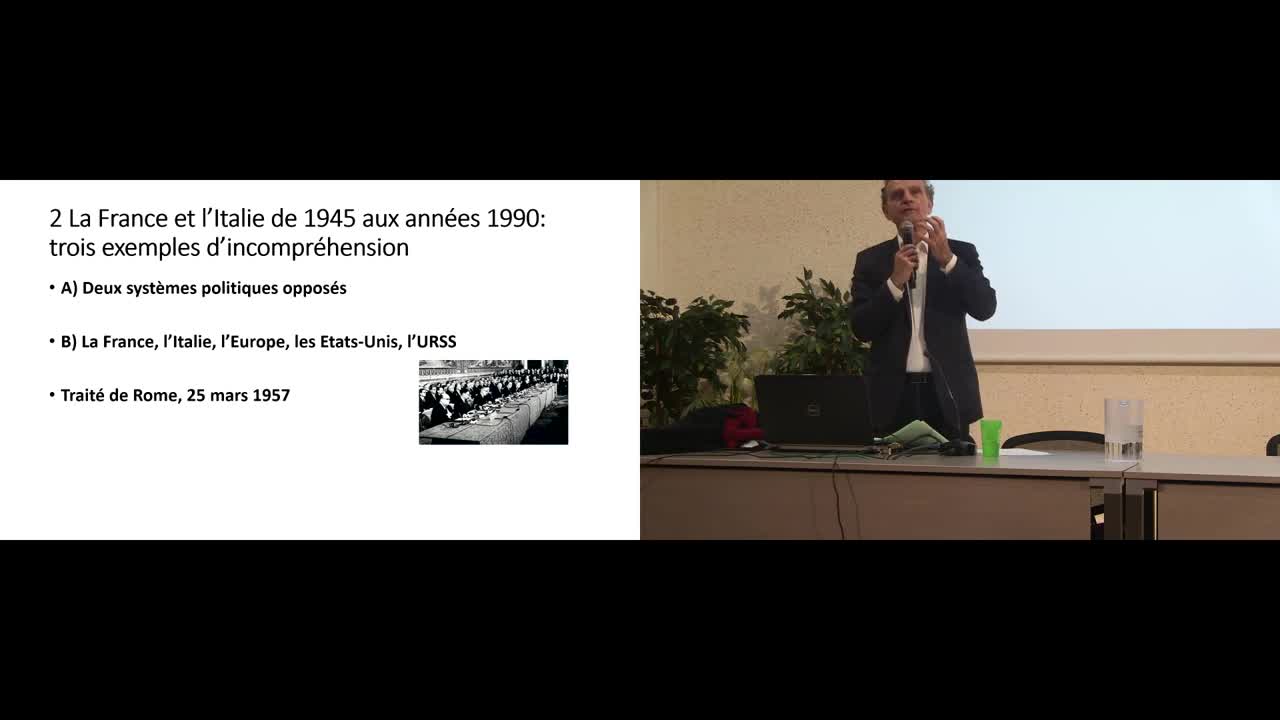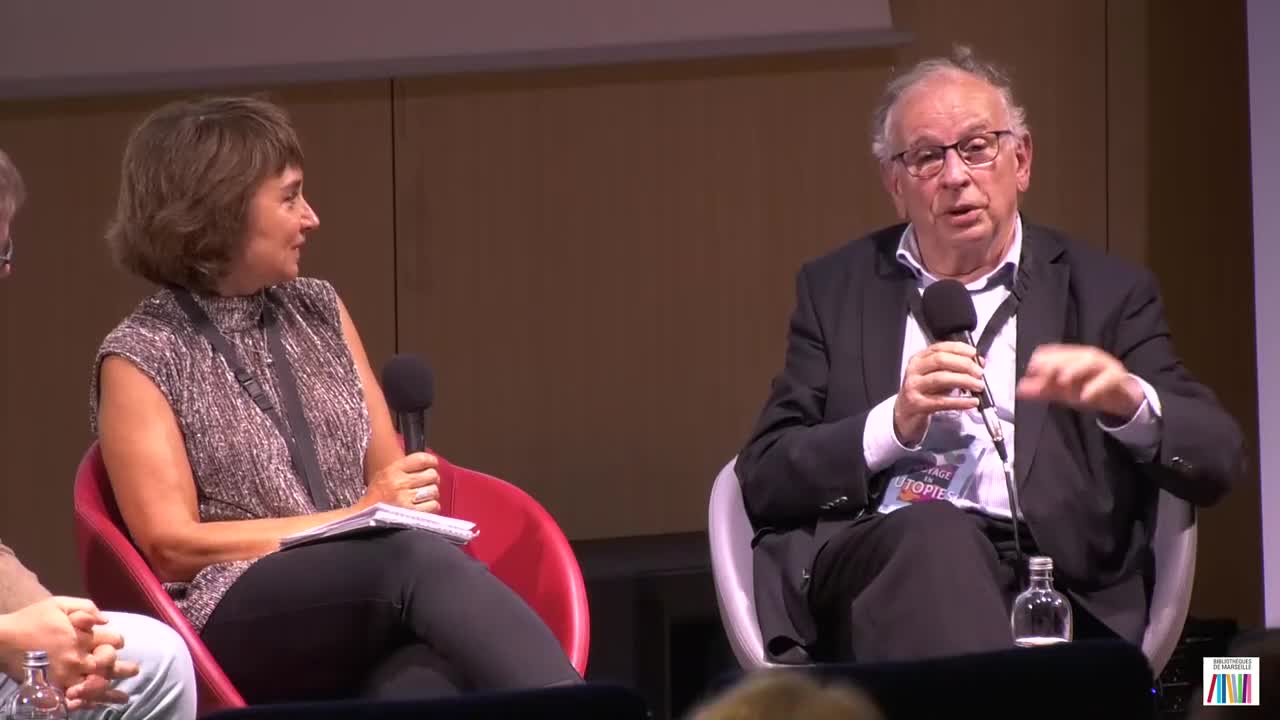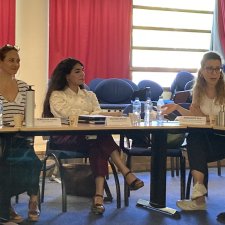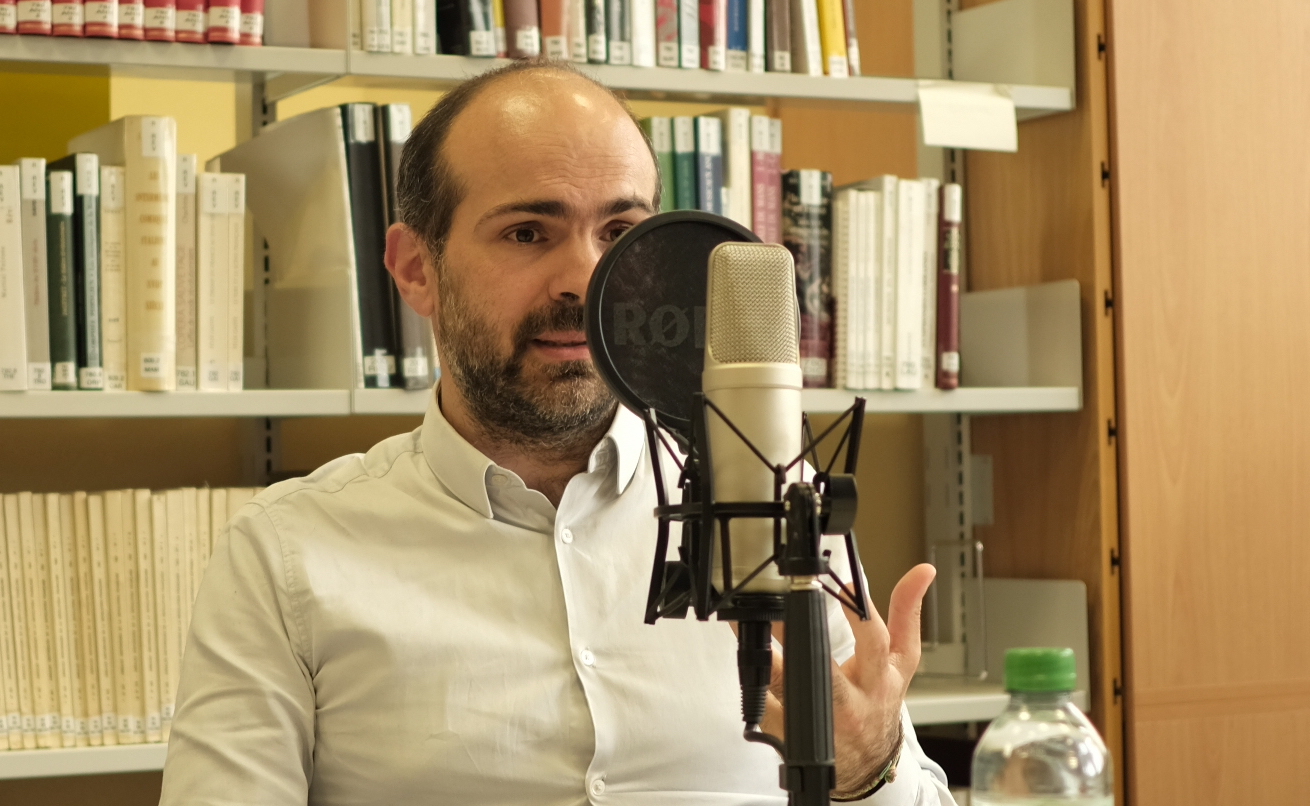Notice
Measuring the antiquity. Antonio da Sangallo and the theater at Ferento
- document 1 document 2 document 3
- niveau 1 niveau 2 niveau 3
Descriptif
Regard croisé avec Francesco Benelli (Alma Mater Studiorum – Università di Bologna) invité et présenté par Antonella Fenech (Centre André-Chastel).
Intervention en anglais
This paper focusses on a single drawing by Florentine Renaissance architect Giovanni Battista da Sangallo (1496-1548), and annotated by his famous elder brother Antonio the Younger (1484-1546). The subject is the ruin of the roman theater at Ferento, a remote area between Rome and Viterbo. The drawing represents the plan of the ruin, rendered with much precision due to an accurate use of drafting tools.
The analysis of this drawing and the annotations poses a number of questions which the paper seeks to answer: even if the theater at that time was starting to be a popular form of art, why was so important to study such a massive structure impossible to be replicated? Why the Sangallo workshop, the busiest one in Rome and probably in Italy after the death of Bramante, put such a big effort in terms of time and money in measuring the ruin? How could be measured a structure of large dimension and why measuring this one so remotely located? What a survey drawing can convey and what can be extracted from it? Also, the annotations reveal how Antonio’s analysis was driven by the reading of Vitruvius De Architectura, the only available theoretical source on roman architecture in the Renaissance. Antonio’s comments are meaningful to grasp the different - at time contrasting - set of informations that a ruin can provide if compared with those written in the roman architectural treatise, puzzling the critical sense of the Renaissance architect forced to decide which one is right or wrong, a quandary that marks the beginning of the modern architectural critique.
Intervention / Responsable scientifique
Sur le même thème
-
IA pour l'architecture
MarsaultXavierPartenaires : Laboratoire MAP-Aria et Architecture, Conception et Culture Numérique - ACCN.
-
Tony Côme – Je suis une poignée de porte
CômeTonyDans la continuité directe de Les vibrations du type ou l’approche typologique comme promesse de design, une conférence donnée aux beaux-arts de Lyon en avril 2021, Tony Côme s’attarde ici sur un cas
-
Séance conférence 2. La citoyenneté comme objectif de l'accompagnement
LabarchèdeManonAmievaHélèneSéance conférence 2 : La citoyenneté comme objectif de l'accompagnement
-
Pio Turoni. Un anarchiste italien en exil en France
Fontanelli MorelFrançoisePio Turroni, anarchiste italien, a été contraint de quitter son pays par suite de l’installation du régime mussolinien. Réfugié en France, il va s’engager dans les mouvements anarchistes et
-
[ChArtRes - Chœur d’Art et Restitution 3D] Le tour de chœur de Notre-Dame de Chartres de la Renais…
Exceptionnel d’un point de vue architectural, figurant parmi les rares clôtures de chœur conservées, le Tour de chœur de Notre-Dame de Chartres l'est aussi en tant qu’ouvrage majestueux de sculpture
-
France-Italie : Je t'aime moi non plus. Réflexions historiques et politologiques
LazarMarcCette conférence analyse la complexité des relations franco-italiennes en se concentrant sur la période qui court de 1945 à nos jours
-
Les anciennes universités en Europe : utopies ou contre-utopies ?
FabreAliceVergerJacquesDe La CroixDavidLes universités médiévales et de la Renaissance ont-elles favorisé la circulation des idées ?
-
Histoire de vie à l’âge du cuivre en Italie. Questionner le rôle des enfants dans la vie quotidien…
BernardiniSara« Dedans / Dehors » « GlobalMed – La Méditerranée et le monde de la Préhistoire à nos jours. Approches interdisciplinaires et internationales » 2e rencontre du réseau GlobalMed Maison
-
Les potiers de Pompéi
CavassaLaëtitiaComme une véritable enquête policière, Laetitia Cavassa, ingénieure de recherche au CNRS, explique la campagne de fouille qu’elle a menée dans un atelier de 2012 à 2018 à Pompéi pour éclairer les
-
Immigration italienne en France (XIXe-XXe siècles)
MourlaneStéphaneLes Italiens occupent une place particulière dans les mouvements migratoires en France. La frontière commune, la pression démographique et les difficultés économiques en font le contingent le plus
-
Le regard des voyageurs français sur Venise (1750-1850)
LevantisLaetitiaLe Grand Tour qu'effectuent les gens cultivés aux XVIIIe et XIXe siècles a donné naissance à une vaste littérature consacrée à la description de la ville, son architecture, son rapport à l'eau de la
-
Dans la guerre, la liberté ? Guerre et pensée politique en Italie à la fin du Moyen Âge
BaggioniLaurentLaurent Baggioni explore la manière dont la réflexion politique assimile l'expérience de la guerre dans l'Italie entre le milieu du XIVe et le début du XVIe siècle.


